Google Cloud
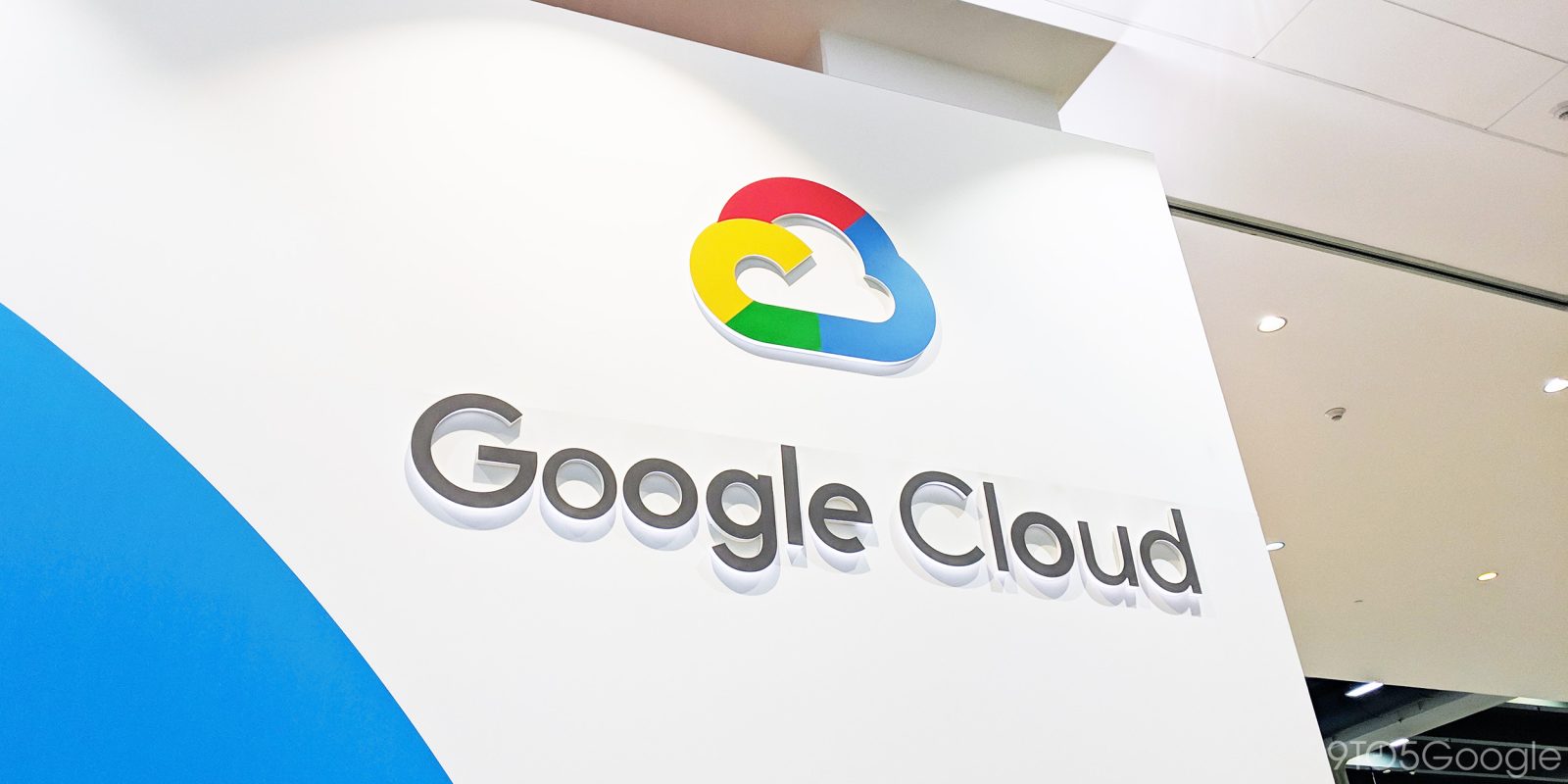

Many developers when creating applications today also have to target the smart speakers platform and other similar devices. Google’s solution for creating conversational Actions is called Dialogflow and today the Enterprise Edition is now generally available.

In an attempt to completely block the Telegram service in its country, the Russian government has broadly blocked Google and Amazon’s cloud services.

News emerged last month of a Google partnership with the U.S. military on machine learning to analyze drone footage. This set off a fierce internal debate among employees, but it appears that the company is continuing with plans to win lucrative contracts.

Whether cryptocurrency is the future or just a passing fad, the underlying blockchain technology is highly promising with a number of applications. Some of those are for the cloud, with Google developing its own distributed digital ledger according to a new report.

The enterprise is one area where Google is committing vast resources in order to gain a foothold in the lucrative market occupied by Amazon and Microsoft. Google Cloud’s latest efforts to attract customers are centered around security with 20 feature announcements today.
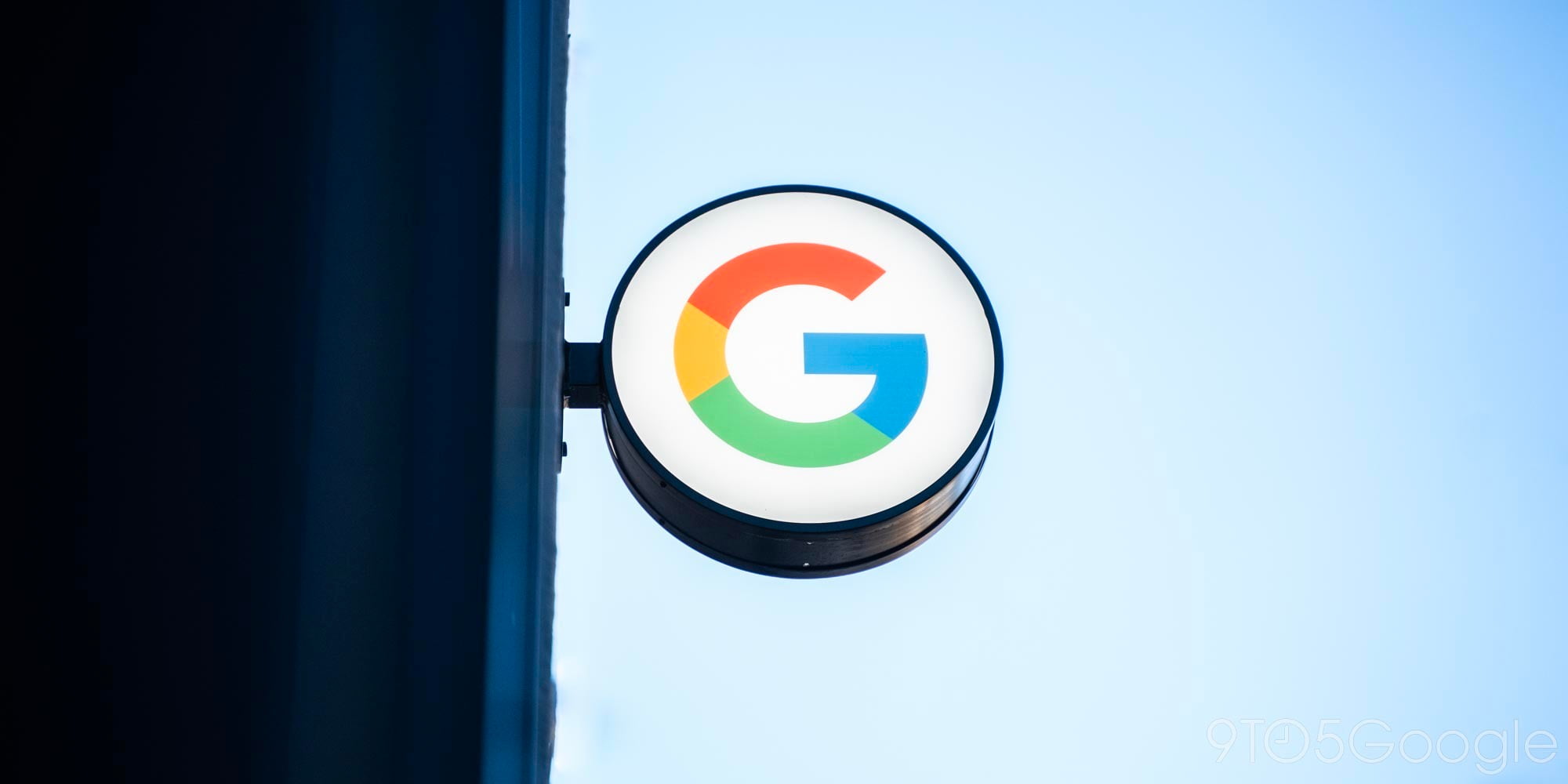
Following its IPO filing last week, Dropbox today announced a new partnership with Google Cloud to integrate G Suite with the former’s platform. Integrations range from productivity and communication services, including with the just announced Hangouts Chat.
Expand
Expanding
Close

Google and Amazon are fierce competitors over smart assistants, with Alexa having the lead in the consumer smart speaker space, as well as the enterprise. However, the retailer has just lost its head of Alexa AI research to Google Cloud.

Relentlessly focussed on capturing the enterprise market, Google Cloud’s latest move is the acquisition of Internet of Things service Xively to boost its existing management service for the quickly growing field.

At I/O 2017, Sundar Pichai announced a new, better way to design machine learning models that would help democratize access beyond organizations with deep benches of AI researchers and PhDs. Today, Google Cloud announced AutoML as a consumer product aimed at businesses and developers that don’t have ML expertise.

Following yesterday’s disclosure of the CPU Speculative Execution issue raging through the tech industry by the Project Zero team, Google is now detailing the mitigations for the security flaw. In a blog post, the company also discusses the impact to processor and cloud performance.

With Christmas quickly approaching, many are concluding last-minute shopping as stores — both physical and virtual — push various deals. Meanwhile, crunch time is also happening up in the North Pole.
In an amusing, but informative blog post today, one of Santa’s elves describes how the North Pole takes advantage of the Google Cloud Platform for all their critical gift-giving needs.

Google Cloud Next is the I/O equivalent for enterprise developers, customers, and other industry partners. Today, the company announced the dates for Cloud Next ’18, with the conference running longer and hosted later in the year.
Expand
Expanding
Close
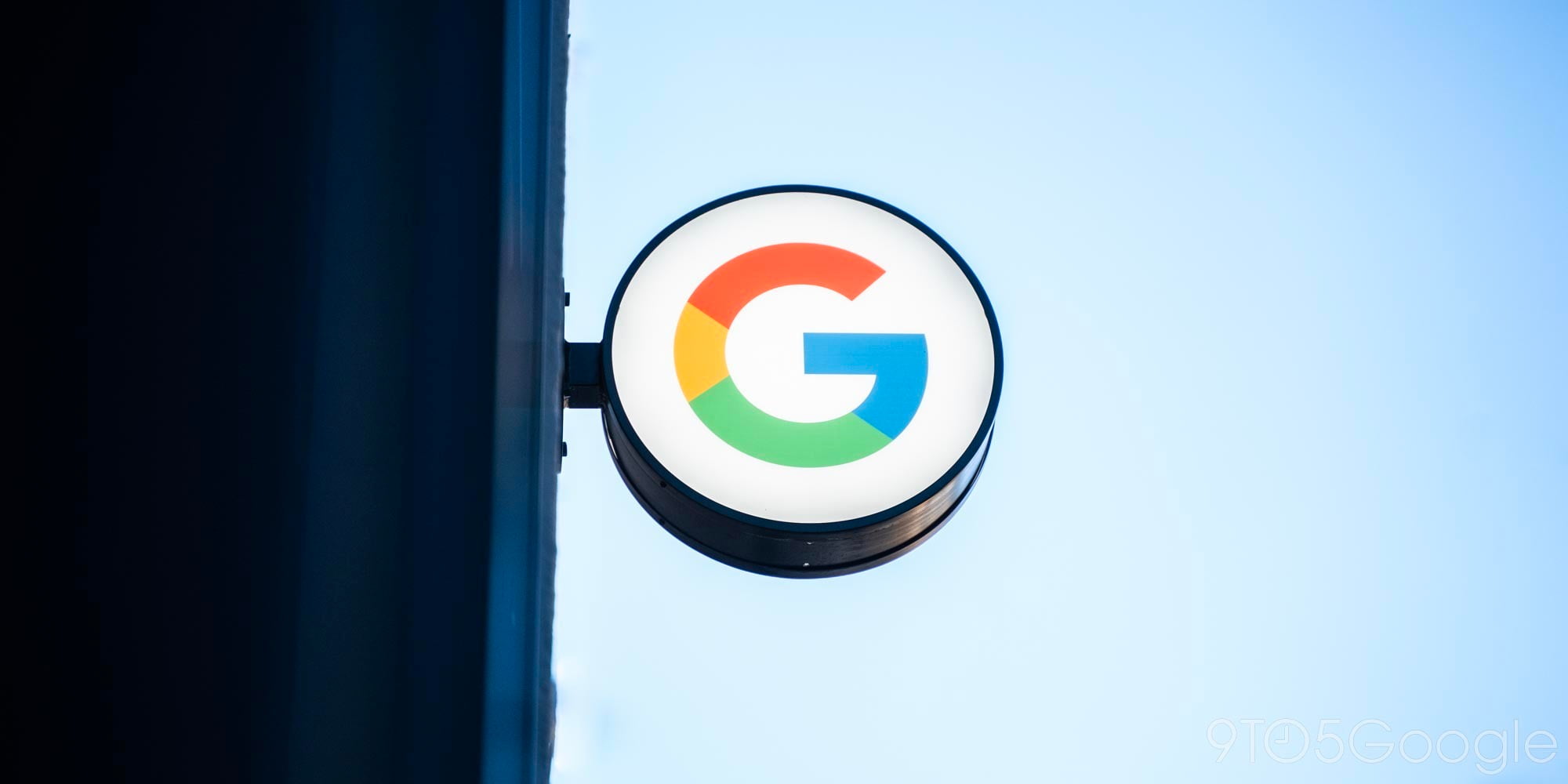
At Google Cloud Next London, the company announced two new product updates. Its machine learning-based text meaning extractor API now supports more languages and has improved sentiment analysis. Additionally, its database service will soon enter into general availability.
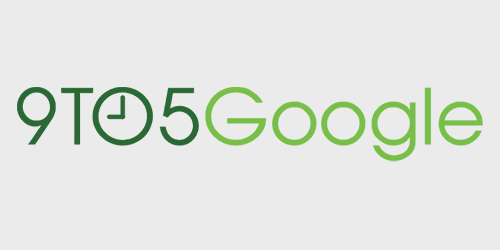
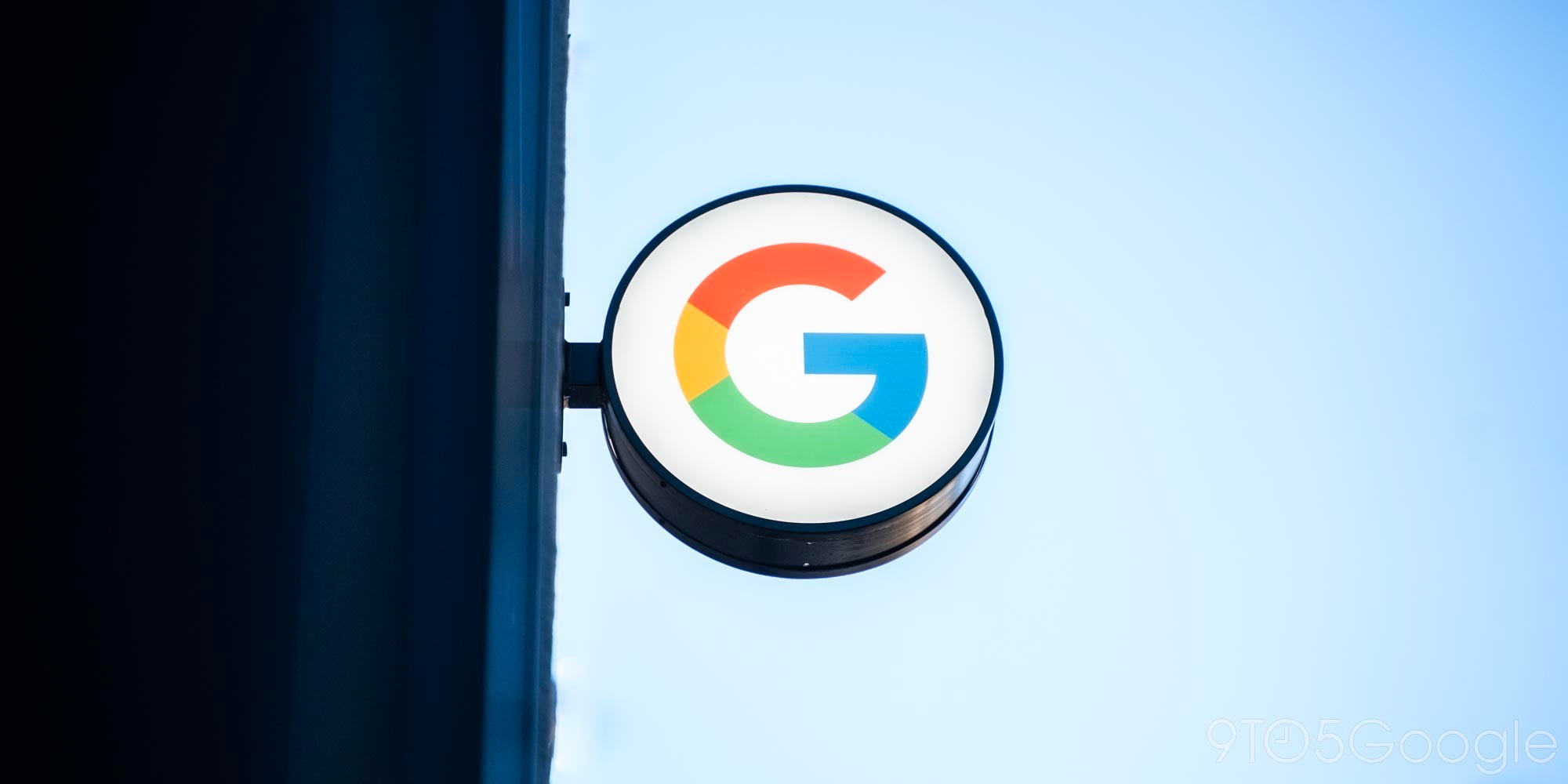
Starting today, third-party developers will have access to the same speech recognition technology that powers Google’s products. Available in Google Cloud, the Cloud Search API has also been updated with new features and improved performance.


In the midst of several app and service launches at Cloud Next ’17, Google also announced several hardware-related developments. With Cloud Platform gaining GPUs last month, Compute Engine is doubling the number of CPU cores available to virtual machines, while Google showed off its Titan security chip for data servers.


At day two of Cloud Next ’17, Google’s Firebase app development suite was announced to have closer integration with the Google Cloud Platform. Cloud Functions for Firebase offers a complete backend serverless solution, while Cloud Storage for Firebase improves the app storage experience.


Google today announced that it’s forming a new strategic partnership with enterprise software company SAP to deliver its in-memory database SAP HANA among other solutions. The partnership offers Google Cloud Platform customers more scalability, brings new G Suite integrations, and more…


Google has today announced at its Cloud Next conference in San Francisco that it has acquired Kaggle, a notably large online community for data science. The service allows data scientists to hold and participate in competitions, explore datasets, and more…


[UPDATE: Day 1 kicks off at 9am PT today and Google is live streaming the event on YouTube, tune in below…]
Google today announced some notable keynote speakers that will appear at its upcoming Google Cloud Next ’17 Conference scheduled for March 8-10. Among the execs set to make an appearance at the event, Google CEO Sundar Pichai and Executive Chairman of Alphabet Eric Schmidt will be delivering keynotes during the conference that will focus on the latest for the company’s Cloud offerings.


With enterprise products and services taking an ever bigger priority at Google, the number of partnerships and purchases have increased. With the acquisition of Limes Audio, Google hopes to improve the audio experience in Hangouts video conferencing and Chromebox for Meetings.


Over the past year, Google’s enterprise cloud division has been heavily competing with Amazon AWS and Microsoft Azure. Google Cloud is now expanding into powering multi-player gaming experiences and worlds in a partnership with UK startup Improbable.
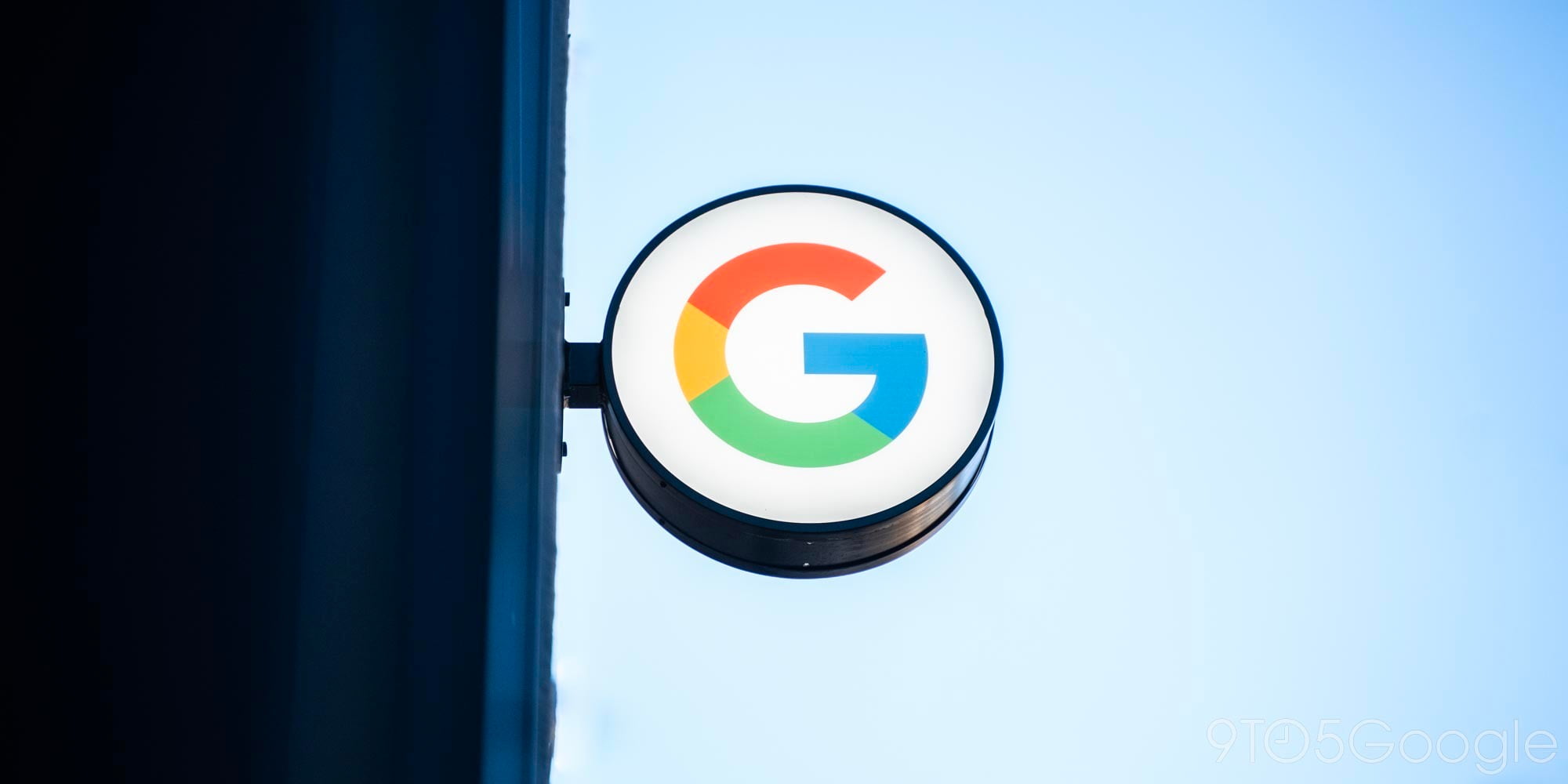

In trying to compete with the likes of Amazon Web Services and Microsoft Azure, Google Cloud has been moving at breakneck speed. After a strong push into machine learning and AI earlier this week, Google has announced a strategic alliance with Intel to increased enterprise cloud usage.


The more Google reveals its cards for the future, the more it seems clear that cloud services and AI are going to be two of its absolute cornerstones in the years to come, so much so that the company is looking to unify its disparate teams under a new, singular division, not too dissimilarly from Osterloh’s hardware group put together earlier this year.
Google Cloud‘s chief Diane Greene announced as much today, providing further information on the firm’s roadmap regarding their advancements in cloud services and how AI integrates into that. In particular, it was stressed how machine learning techniques will allow them to provide smarter services over time — like translation, computer vision, and even hiring — to enterprise customers.

Google has today announced Google Cloud, the new name for all of the company’s cloud offerings. This includes Google Cloud Platform, Maps and Machine Learning APIs, the newly-rebranded “G Suite,” as well as the Chrome and Android devices that give users access. But Google is also today announcing advancements across its cloud and enterprise offerings…